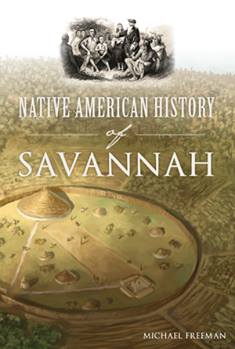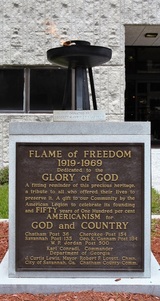Historical Ruminations
Savannah’s and Savannahians contributions to our country are often overlooked by us. Robin Williams, a professor and chair of the Architectural History Department at SCAD, says although Savannah is small it punches out of its weight class. He compared it to a welter weight who can punch and fight in the heavy weight division. The posts in this section will look at some of the ways that this is true.
Here is Michael Freeman's new book on Savannah. It tells a story not often told of the Creeks and the Native American Creeks who lived in Savannah during its founding. You might even say Tomochichi and Mary Musgrove were co-founders of Georgia.

